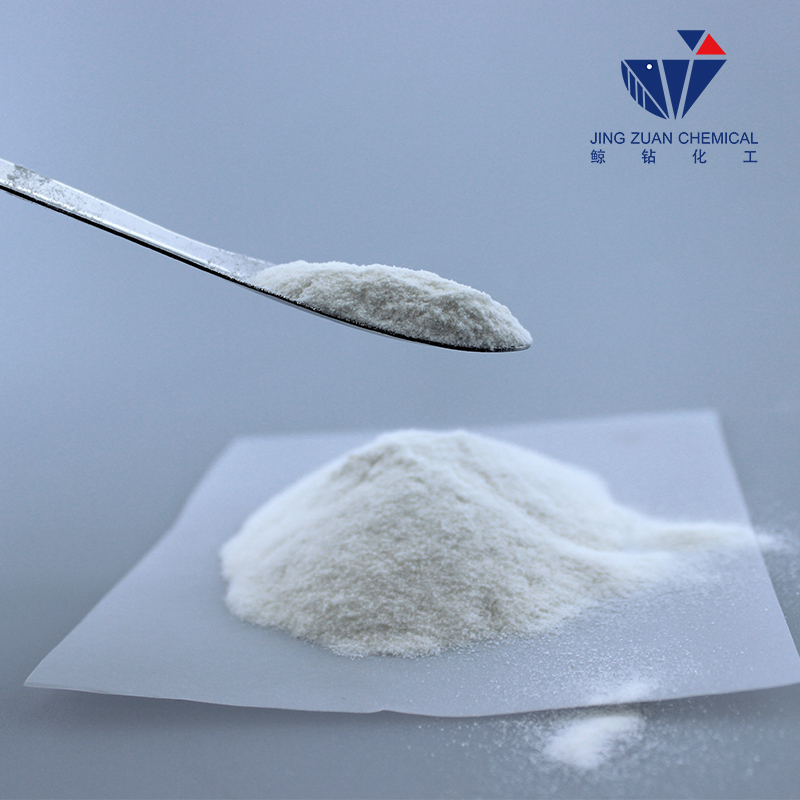
Вер . 10, 2024 23:31 Back to list
Hydroxyethyl Cellulose (HEC) - CAS Number Overview and Applications
Hydroxyethyl cellulose (HEC) is a non-ionic, water-soluble cellulose ether that has garnered significant attention in various industries due to its versatile properties. With the CAS number 9004-62-0, HEC is recognized for its ability to impart thickening, gelling, and film-forming properties to a wide range of formulations. Derived from natural cellulose, HEC is modified to enhance its functionality, making it an attractive ingredient in applications spanning personal care products, pharmaceuticals, and construction materials.
One of the key features of hydroxyethyl cellulose is its ability to solubilize in water without affecting the pH level of the mixture. This property makes it particularly valuable in cosmetics and personal care formulations, such as lotions, creams, and shampoos, where it acts as a thickener and stabilizing agent. By providing the desired viscosity, HEC helps to improve the texture and application of products, enhancing the overall sensory experience for users.
In the pharmaceutical industry, hydroxyethyl cellulose is often used as a binder in tablet formulations and as a controlled-release agent in drug delivery systems. Its compatibility with a variety of active pharmaceutical ingredients (APIs) allows for the development of effective dosage forms that can improve patient compliance and treatment outcomes. Moreover, HEC can form gels that facilitate the sustained release of medicines, ensuring a steady therapeutic effect.
hydroxyethyl cellulose cas number

Furthermore, HEC plays a significant role in the construction industry, where it is incorporated into cement and mortar formulations. Its water-retaining properties help improve workability and adhesion while preventing premature drying. As a result, HEC contributes to the durability and longevity of construction materials, making it an important additive for both commercial and residential building projects.
As consumers increasingly seek products that are safe, effective, and environmentally friendly, hydroxyethyl cellulose offers a biodegradable alternative to synthetic thickeners and stabilizers
. Its natural origin and non-toxic nature align well with the growing demand for green chemistry solutions, further expanding its market appeal.In summary, hydroxyethyl cellulose, under the CAS number 9004-62-0, is a multifunctional ingredient that plays a vital role across multiple sectors. Whether it is enhancing personal care products, improving the efficiency of pharmaceuticals, or reinforcing construction materials, HEC's unique properties make it an invaluable component in modern formulations. As industries evolve and the demand for innovative, sustainable ingredients grows, hydroxyethyl cellulose is poised to remain a crucial player in the formulation landscape.
-
Unlocking the Benefits of HPMC Products: A Gateway to Versatile Applications
NewsAug.07,2025
-
Unleashing the Potential of HPMC Ashland: A Comprehensive Look
NewsAug.07,2025
-
Tile Bonding Cellulose: The Key to Superior Adhesion and Durability
NewsAug.07,2025
-
Hydroxypropyl Methylcellulose Powder: The Versatile Component in Modern Pharmaceuticals
NewsAug.07,2025
-
Hydroxyethyl Cellulose: The Versatile Solution for Various Industries
NewsAug.07,2025
-
Hydroxyethyl Cellulose (HEC): The Versatile Polymer for Various Applications
NewsAug.07,2025







